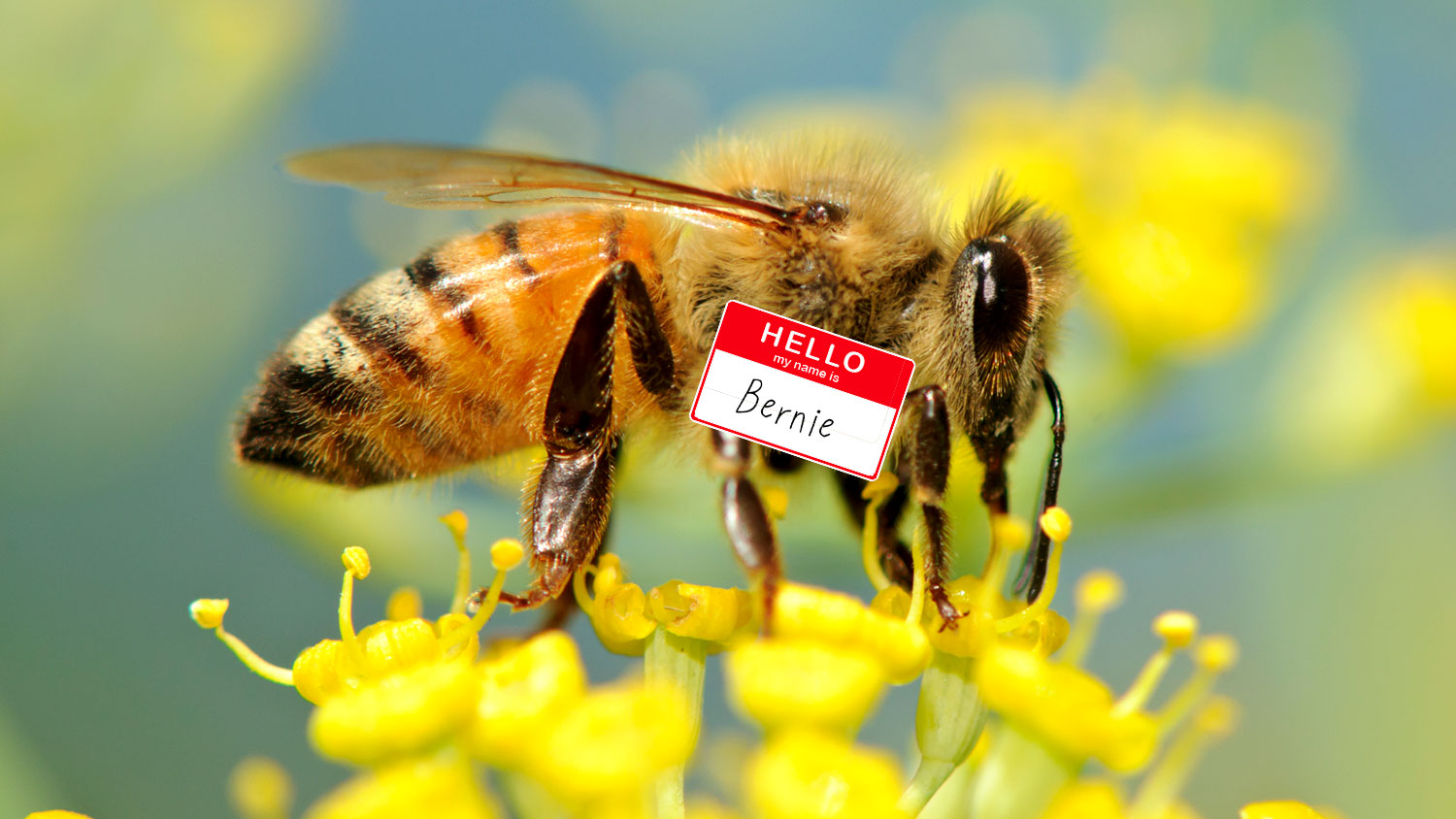Here’s how it works:
“We just had to hold them in our hands and hope the glue dried quickly. It was actually quite a process – they had to be individually painted, then individually fed, then the tag glued on. Then individually scanned so we knew which tag was on what color and treatment bee and which hive it was going into. It all had to happen within about eight hours of emergence because as the day goes on they start learning how to fly and they get better at stinging.”
Secure · Tax deductible · Takes 45 SecondsSecure · Tax deductible · Takes 45 Seconds
The above quote is from Lori Lach, researcher at James Cook University and, by now, perhaps the world’s foremost expert in attaching tracking tags to bees. The tags allow researchers to follow the movements of individual bees, in order to study how bee behavior changes when the insects get sick. Half of the tagged bees were infected with a common non-lethal parasite, called nosema. Here’s more from the press release:
In a just published paper, researchers say infected bees were 4.3 times less likely to be carrying pollen than uninfected bees, and carried less pollen when they did. Infected bees also started working later, stopped working sooner and died younger.
Dr Lach said nosema-infected bees look just like non-infected bees, so it’s important to understand the behavioral changes the parasite may be causing.
“The real implications from this work are for humans. About a quarter of our food production is dependent on honey bee pollination. Declines in the ability of honey bees to pollinate will result in lower crop yields.”
Not bad for a science project that basically relies on your ability to do arts & crafts with live, stinging insects.




